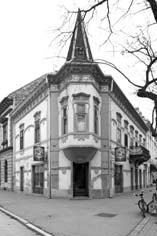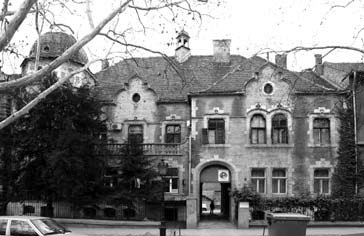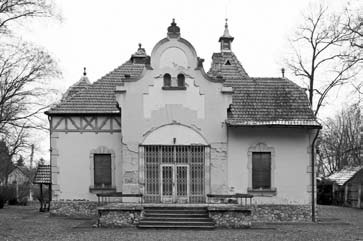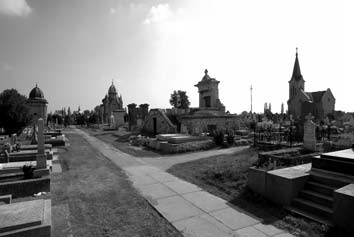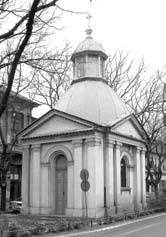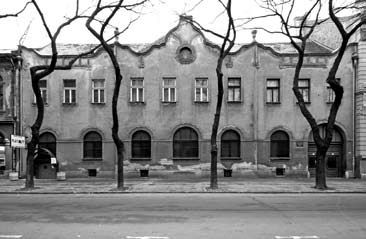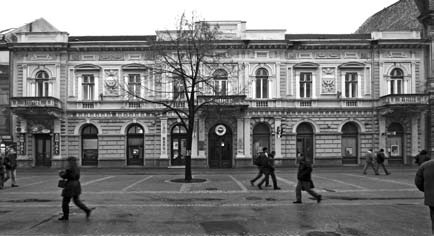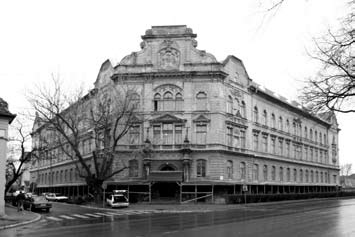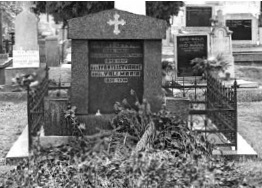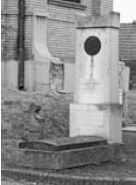The oldest house on the corner of “Trougla” is the so-called. Lončarević house. The building of Jakov Lončarević, later the property of Machaž Vitmešer, one of the oldest floorbuildings built in the immediate vicinity of the former castrum. All buildings built outside the walls at the end of the 18th century are terraced or with a high ground floor, only […]
Прочитај више
Almost simultaneously with the emergence of secession in Europe, in 1893, a modest building in Subotica was built for Simeon Leovic, the royal notary, according to the project Eden Lehner and Dule Partosa (Pártos Gyula). Among the first in Hungary, she hinted at a new movement in the architecture of the “Hungarian national style” that became the lifeblood of this […]
Прочитај више
Raichle Ferenc, the creator of a recognizable architecture in the city, in constant search for his identity, took advantage of the opportunity shown and although there is only one object on Palic, overshadowed all others, hinted at the spirit of the new times and the new architecture. In 1900, Rajhlu entrusted the design of his villa in one of the […]
Прочитај више
During the XIX century all cemeteries in Subotica were edited and expanded. In 1803, the Staro Bajsko groblje was extended through the town of Varoš, in what area it is still today. At the beginning of the 1980s, when the city was rapidly economically strengthening, the most famous families built the first chapels as evidence of their economic power. Thus, […]
Прочитај више
The original small wooden chapel built in 1738 on the initiative of the Franciscans, in the sign of gratitude to St. Rocky, a plague protector who took a lot of lives in Subotica that year. It was built at the site where in 1693 30 residents of Subotica were buried, who were killed by Tekelija’s army, under the command of […]
Прочитај више
The building was erected in 1904 according to the projects of Marcelo Chamber and Deja Jakaba, architects from Budapest, in the Hungarian version of the Secession. In the basic conception, the facade of the building retained the traditional three-part split in the middle, more pronounced part of the outflow and the two ultimate rizalite. This division of the façade is […]
Прочитај више
Object no. 10 is known as “Zagreb” café, and it was owned by Hal Harbrohr (Halbrohr Mór). The original hotel “Nacional” (Nemzetti sálloda) was designed by Geza Kocka (Kocka Géza) in 1897, but the architect Ferenc Rajl (Raichl Ferenc) redesigned and covered the Renaissance façade with the vegetable ornamentation of the secessionist character in 1905. In the middle is the […]
Прочитај више
The building was built according to the Janos Bobule project from 1893/94. year, for the needs of the Teacher School. The project was rebuilt and adapted by Titus Mackovic, and the construction was completed in 1898. The building is designed in the spirit of the eclectic as a two-story building with a two-leg foundation, with a cut off corner corner. […]
Прочитај више
Iványi István was born on December 17, 1845 in Lugoš (today’s Romania). His father was Istvan Ivanovsky (Ivanovsky István) a German-born remnant who moved to a small town on the shores of Moris from Arad. His mother was Carolina Liszt (Liszt Karolina). He finished elementary school in German. He was a bad student, even repeated his class twice, while in […]
Прочитај више
This excellent composer, music teacher and musician was born in Pest on June 19, 1861, in the family of a wealthy wholesaler. Love for music is inherited from his parents. After his father’s death he leaves with his mother in Paris. At the age of fourteen he flees to Vienna, where he teaches music. He is dissatisfied with Vienna for […]
Прочитај више
